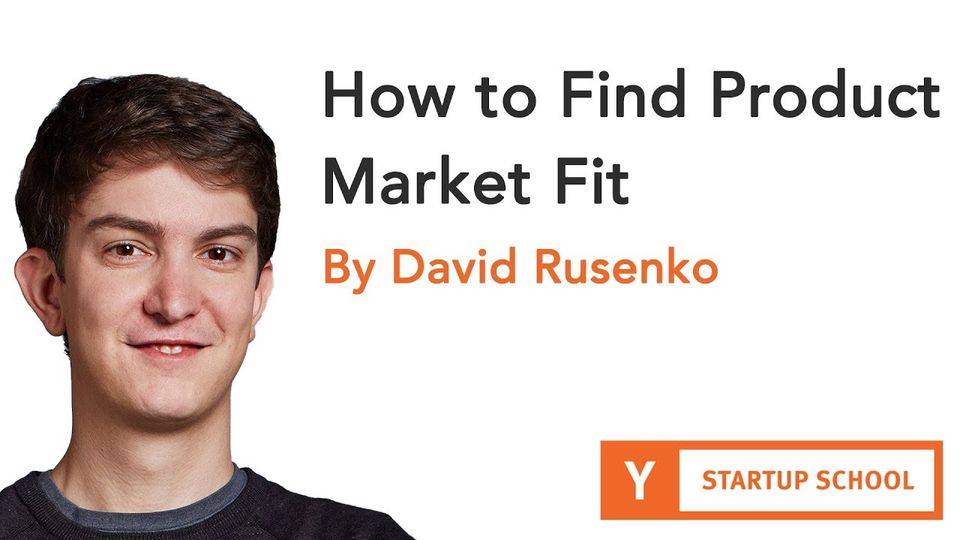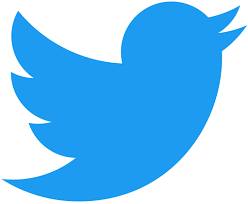David Rusenko - How To Find Product Market Fit | Summary and Q&A

Summary:
The video discusses how Weebly, a website builder company, took 18 months to find product-market fit. Key lessons include focusing on the customer's problem not their solution, rapid iteration and testing with users, prioritizing learning over executing a plan, and measuring metrics like returning usage and net promoter score.
- It took Weebly 18 months after launching to find product-market fit. Don't get discouraged, finding product-market fit is really hard and takes a lot of iteration.
- Talk to customers and listen to their problems, not their proposed solutions. Rapidly build prototypes and test with users early and often. Expect to iterate many more times than you think.
- Measure returning usage, NPS, and renewal rates. Signups and conversions can be misleading metrics before product-market fit.
- Once you have product-market fit, your customers will be beating down your door to use your product. Until then, it will feel like pushing a boulder uphill.
- After product-market fit, scale your team aggressively but thoughtfully. Hiring and building a team is the next big challenge.
Q: What was Weebly's journey to product-market fit like in the early days?
A: Weebly's journey to product-market fit took 18 long months. David Rusenko wrote the first lines of code for Weebly in February 2006, but they didn't officially launch until January 2007 after joining Y Combinator. Even after launch, it took many more months of iteration before they saw hockey stick growth in October 2007. During the 18 months before product-market fit, they experienced a lot of up and down with press spikes bringing traffic that quickly dropped off. They had to stay determined and keep iterating.
Q: What is the key to understanding your target customer?
A: It's critical to listen deeply to understand the customer's problem, not just their proposed solution. Customers will often tell you their vision for the solution, but it's more important to dig into the core problem they face. With this understanding, you can then rapidly iterate potential solutions to solve their actual problem better than the competition.
Q: How should startups prioritize development tasks before achieving product-market fit?
A: Before finding product-market fit, startups should prioritize learning over executing a plan. Identify your biggest unknowns and focus on learning fast to address those unknowns first. This may mean building prototype solutions quickly rather than a full featured product upfront. With each learning iteration, your priorities will change based on the new knowledge, so you have to stay nimble.
Q: What metrics indicate when a startup has achieved product-market fit?
A: Metrics to monitor include returning usage, net promoter score (NPS), and paying customer renewal rates. If you see customers repeatedly coming back to your product, NPS above 50, and high renewal rates from paying customers, that signals you've built a product people truly want. Signups alone can be misleading if engagement and retention is low.
Q: How important is it to talk to customers versus competitors?
A: It's far more important to talk to customers than competitors. Competitors will always seem ahead on features, but customers will guide you to build what they truly need. Don't get distracted matching competitors - build for your customers based on their needs. This focus can create new markets versus just competing.
Q: What tactics can startups use to test product solutions with customers?
A: There are a few key tactics startups should use to rapidly test product solutions:
- Customer interviews to understand needs
- Rapid prototyping to build mockups or MVPs quickly
- Usability testing by having target customers try to use the product while observing
- Iterating based on feedback before building a full featured product
- Testing with 5-10 target customers to get feedback on solutions
The goal is to learn quickly, not to scale up a large user base before finding product-market fit. By testing with a small group of target users, you can gather insights much faster.
Q: How can startups conserve cash burn before product-market fit?
A: Startups should keep cash burn low until they have achieved product-market fit. This means keeping the team small, around 20 people or fewer. Outsourcing significant development work is hard because you need a team that can iterate quickly. The founders should know details of the customer, product, and market - micromanaging is encouraged at this stage. Conserving cash allows more rapid iterations towards finding the right product solution.
Q: When should a startup consider fundraising?
A: Most startups should not consider fundraising until they have reached the traction stage, when strong growth metrics prove out product-market fit. Until then, founders will likely need to self-fund or bootstrap the iteration process. Exceptions may be startups with strong founder credentials or accelerator program participation. But the expectation should be to get to traction stage before fundraising for most startups.
Q: How does a founding team persist through the product-market fit journey?
A: Persistence and determination are critical. Founders need to stay optimistic that they can find the solution customers need and not give up even when it takes longer than expected. Rather than seeing obstacles, great founders see possibilities and are calculated risk takers. They focus on learning rapidly through customer conversations and experiments. It's important to build a small team that can iterate quickly together through multiple failures before finding success.
Q: How can startups create their own market?
A: Creating a new market requires identifying a hidden customer need that existing solutions don't satisfy. Since it's hidden, you'll face skepticism and criticism at first. Start by deeply understanding the jobs customers are trying to get done. Then build a minimum remarkable product focused on doing one of those jobs incredibly well. While it may seem lacking compared to existing solutions, doing one core job better can unlock a new market others didn't realize existed.
Q: When should startups prioritize branding?
A: Branding should not be a significant focus in the early stages before product-market fit. The priority is learning and rapid iteration. Once product-market fit is found, the startup should identify the key consumer insight that their product is built on. This core insight that fuels the product can serve as the foundation for branding and messaging going forward. But premature branding simply creates overhead before figuring out what is actually compelling to customers.
Q: How do startups know when they have found product-market fit?
A: Qualitative and quantitative signs will make it obvious when product-market fit is achieved. Customers will be banging down the door wanting the product, instead of the startup having to persuade them to try it. Usage and referral metrics will climb rapidly week over week. And there will be a clear spike in interest from press and investors. The product will have crossed the chasm from appealing to early adopters only, to attracting a broad market.
Q: What is the right team size before product-market fit?
A: The ideal team size before finding product-market fit is under 20 people. This keeps communication overhead low while allowing for rapid iteration. The founders should know all aspects of the business deeply at this stage. After product-market fit is achieved, the team should scale aggressively to capture the market before competitors. But too large of a team too early causes organizational drag when flexibility and speed are most needed.
Q: How do startups balance short-term metrics versus long-term vision?
A: It's important for startups to remain focused on the short-term metrics that indicate if they are making progress finding product-market fit. Usage, retention, NPS - these signal if the product resonates. However, startups should also have conviction on the long-term vision for the company, as that guides what problems they try to solve. But the path to get there will have many pivots, so short-term metrics trump the long-term vision until product-market fit is found.
